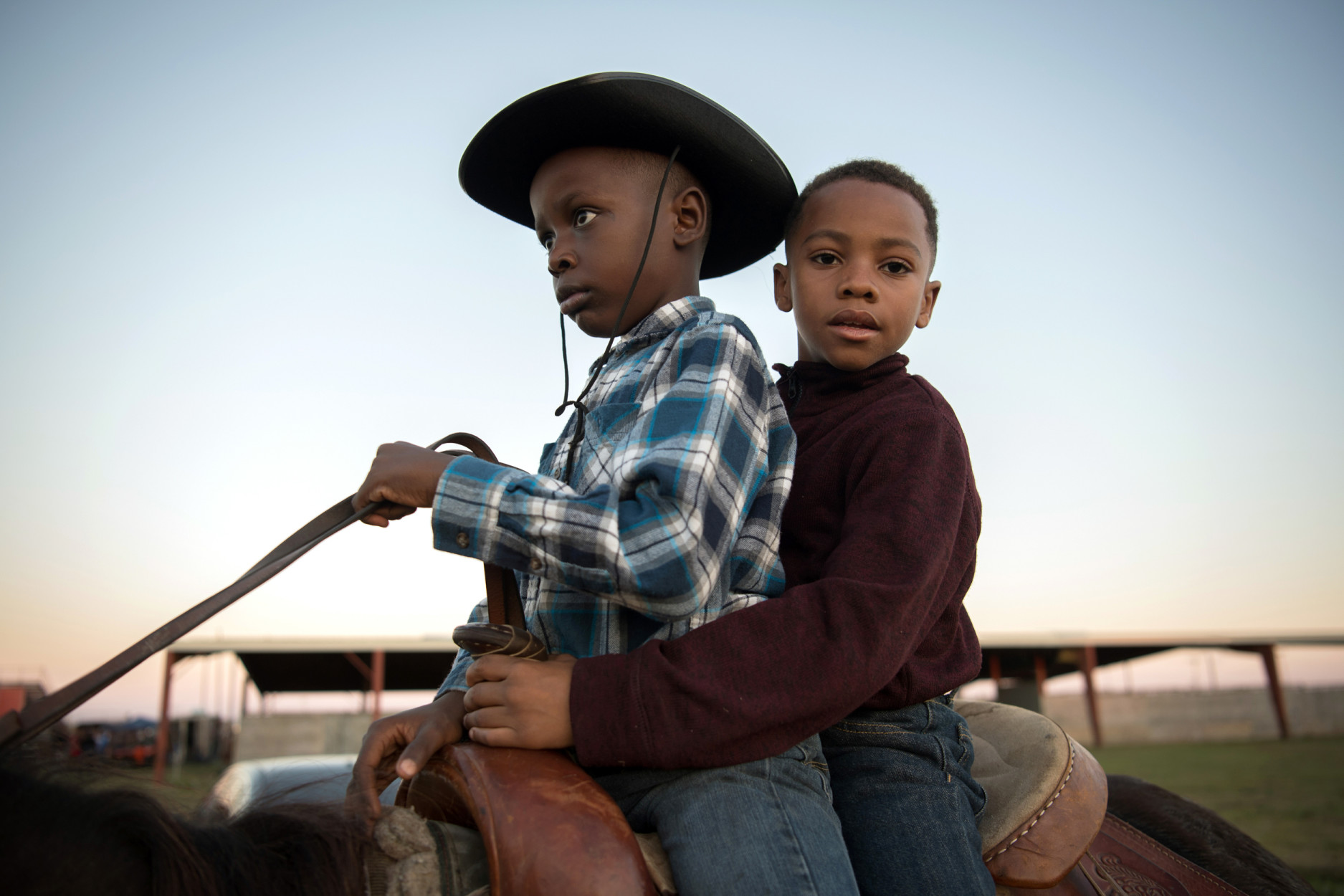Education
Award Winner Rory Doyle on How to Get Started in Photojournalism
By Ellen Clipson - 6 min read
Winner of last year’s EyeEm Awards’ The Photojournalist, Rory Doyle, shares his journey in Journalism and gives us tips on where to get started.
Based in Mississippi, award-winning photographer and photojournalist Rory Doyle has received global recognition for his ongoing project ‘Delta Hill Riders’. A collection of compelling images that intricately uncover the diversity and cultural vibrancy of cowboy culture in the USA.
Rory continues to work on major news stories shaping socio-political conversations such as severe flooding across the Lower Mississippi Delta and the representation of the LGBTQ community.
His outstanding work proves that it’s possible to get global exposure from renowned publications such as The New York Times, The Guardian, The Washington Post, among many others, by capturing the stories right on one’s doorstep.
This being said, knowing where to start can be tough. For many of us, Photojournalism can feel an impossible venture, but in this interview we speak to Rory about the practicals behind finding a story that could change your career, and what to do once you’ve found it.
Taking a Story From Conversation to Front Cover
How did your career in Photojournalism begin?
I was never formally trained as a photographer, and it was only when I tried out Photojournalism in my last semester of studying Journalism that confirmed for me that this was how I wanted to tell stories.
This being said, spending four years learning how to write was extremely beneficial. I’d encourage anybody who’s considering a career as a Photojournalist to pay attention to learning how to communicate with people, to pitch story ideas, and write captions.
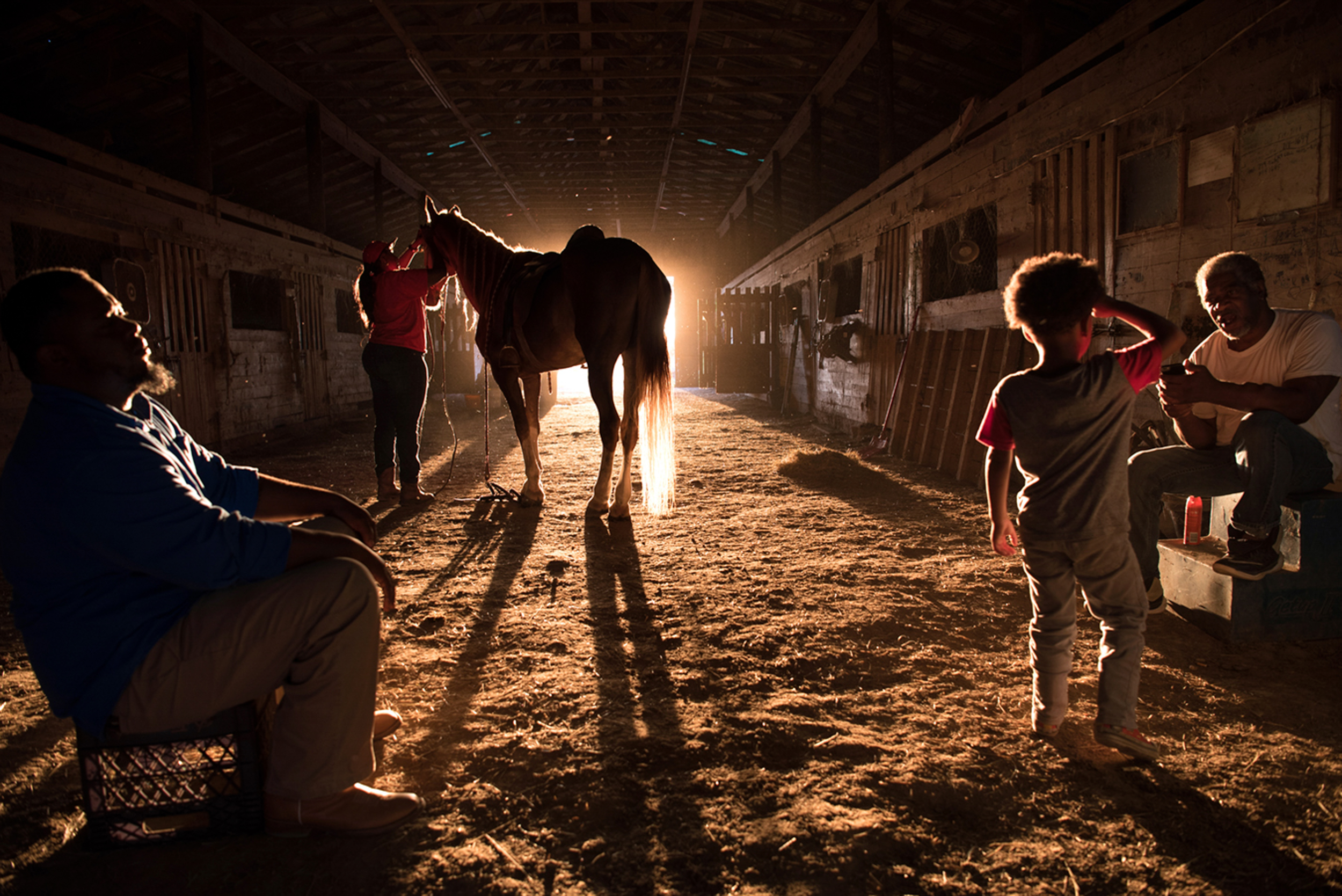
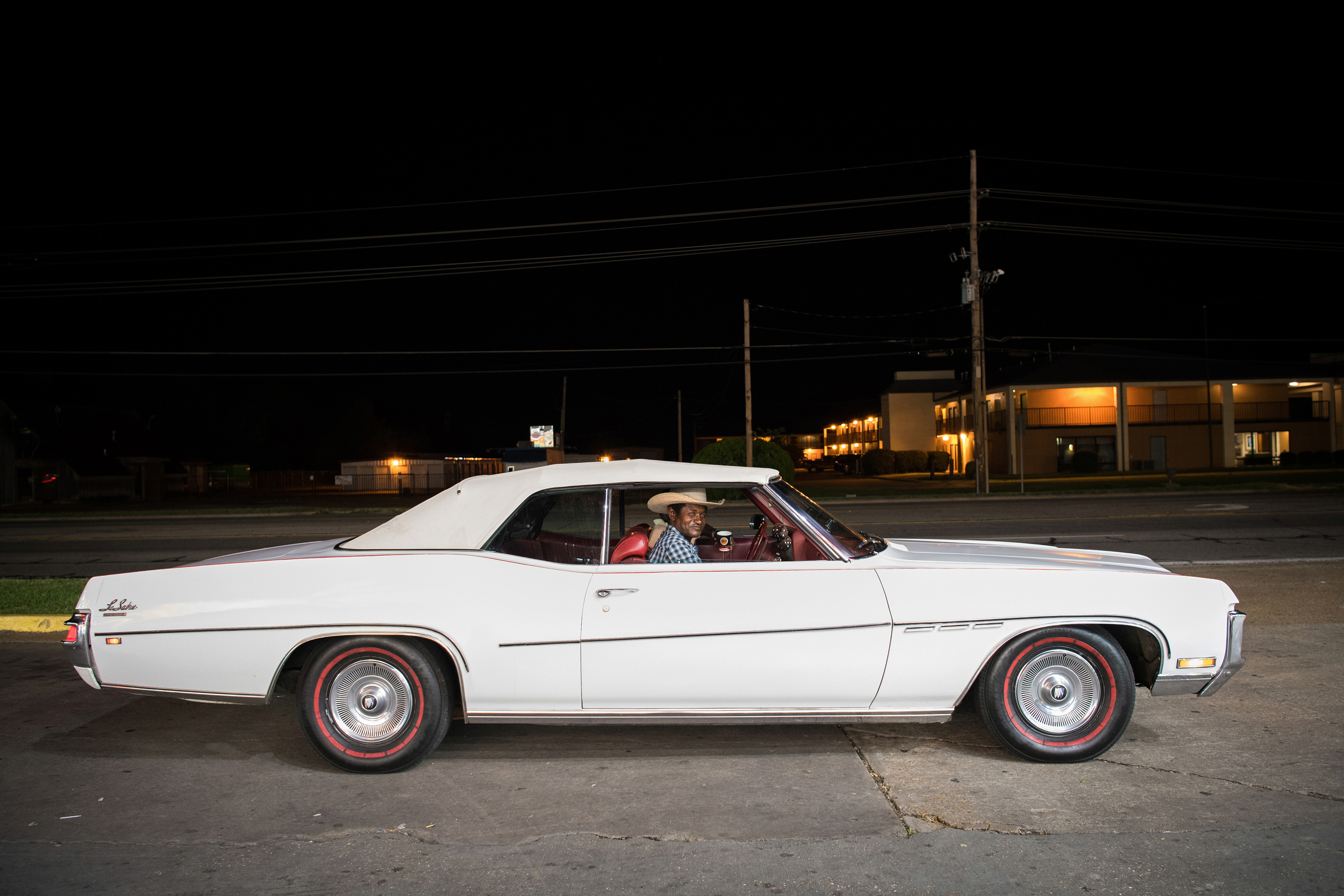
What would you recommend for someone who is looking to learn these skills?
Social media is a great way of refining your storytelling. I’ll often conduct a short interview with the subjects featured in my projects and include a quote from them with each picture I post. Having those words can be a great way to start, as well as a powerful addition to the image.
What does someone need to do to find a good story?
I’d tell people that it’s really important to find time for personal work. Although I’ve spent most of my time managing projects for other people or organisations, my career changed when I started to work on the cowboy project, which started completely as a personal body of work.
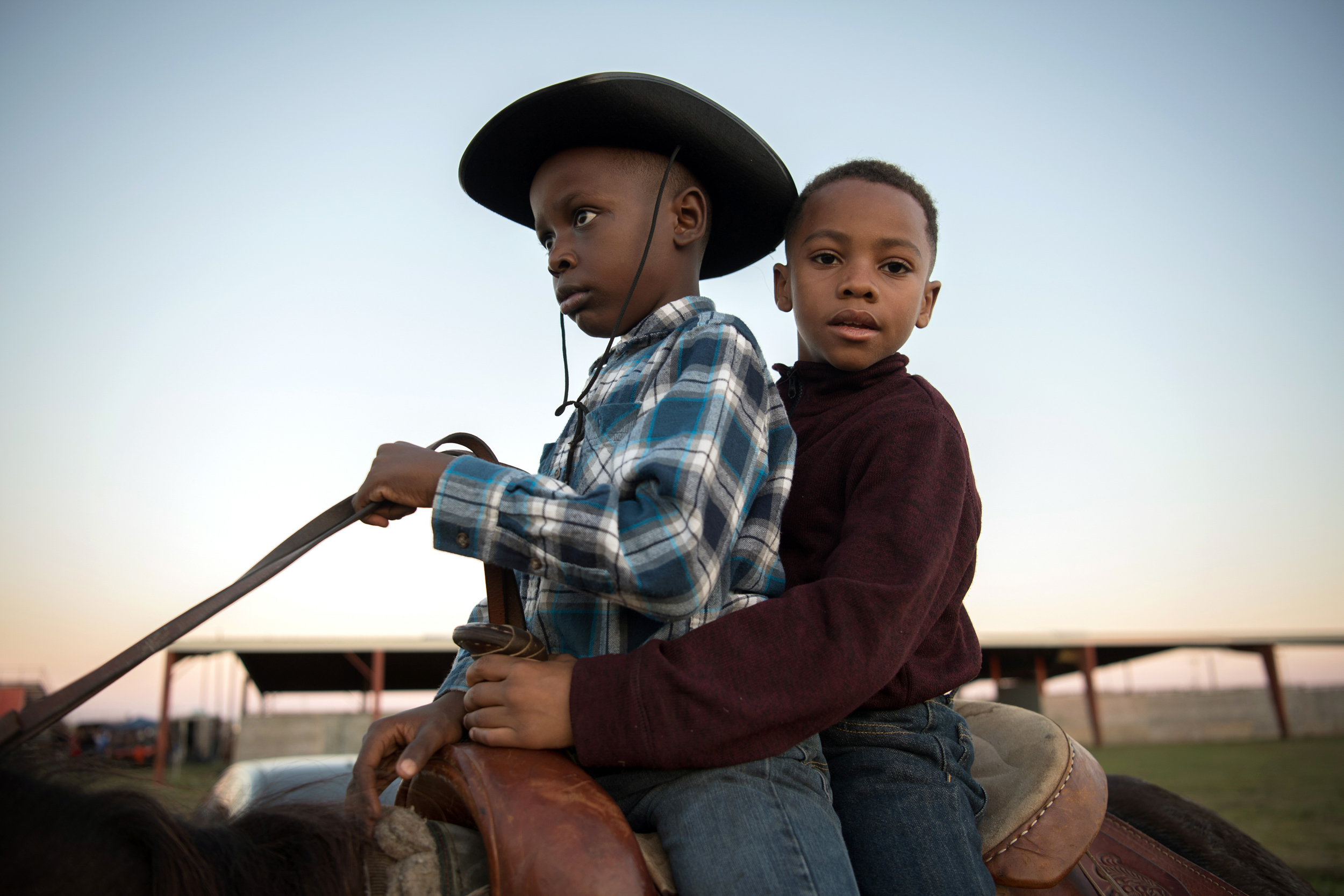
When it comes to starting a project, what are some of the ways that you bring a project to life?
It takes time to research a story that goes beyond the obvious. I didn’t know anything about African American cowboys and cowgirls before I started the Delta Hill Riders project, let alone that cowboy culture is so deeply rooted in tradition.
This particular story started because I approached a stranger in a local parade. I saw a small group of African American riders and I simply asked them if I could see where they kept their horses. Making that initial connection to a stranger, and asking if it was okay to spend a little time with them was all it took.
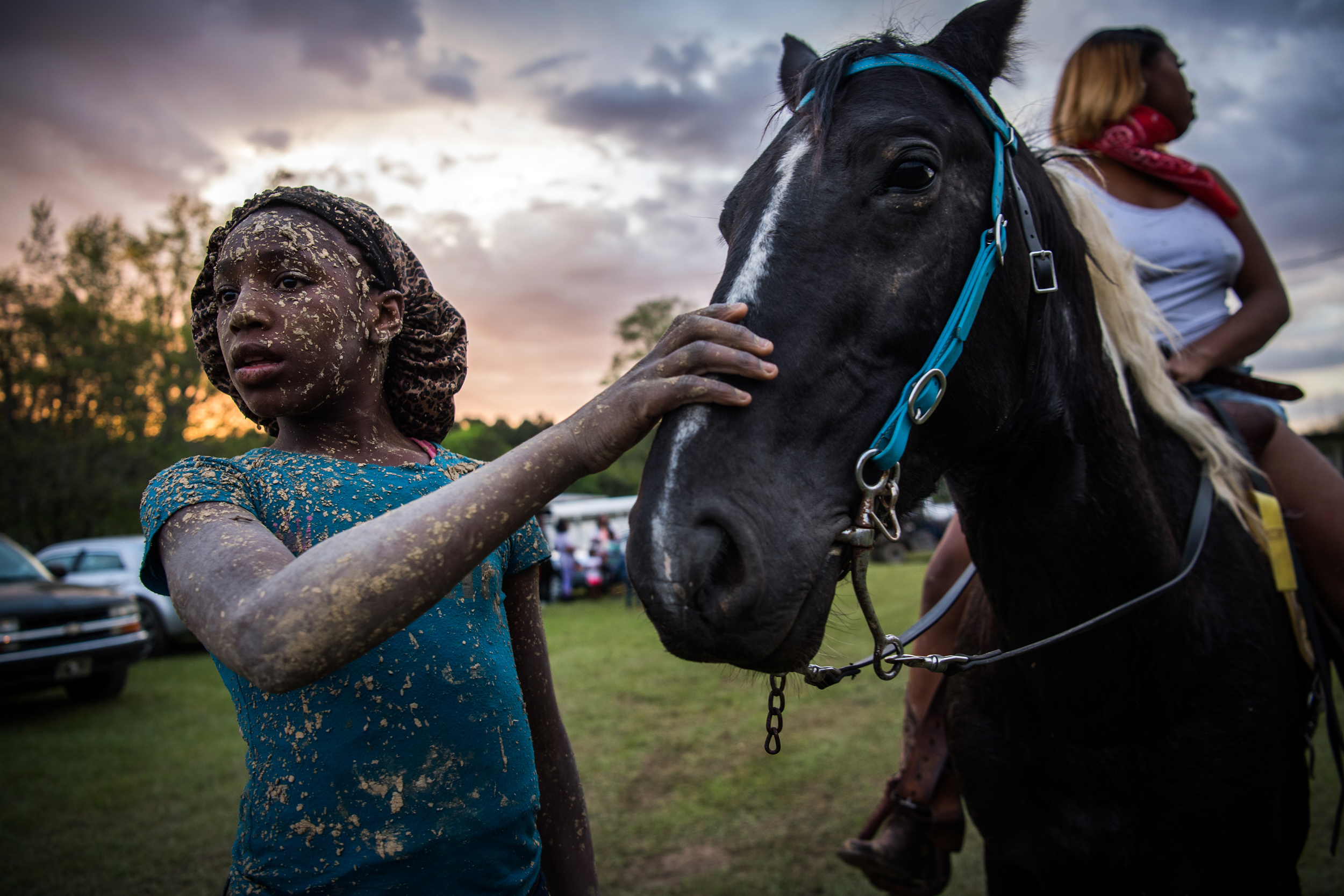
When you approach strangers like this, do you mention that you are looking to start a project?
When I’m approaching someone who I don’t know, I’ll start by introducing myself by mentioning that I’m a photographer who specializes in documentary storytelling. I have consistently found that people are interested and thankful to be featured.
When it comes to individuals in my local community, I tend to have a personal relationship. It’s my aim to tell their story truthfully, and for a long term project like the cowboy work, it’s about telling their story truthfully. For the cowboy project, it’s been amazing to have that level of intimacy that you wouldn’t necessarily get if you were travelling.
Have you ever been in a situation where you were on the move and wanted to try and a project of a similar nature?
This is more typical if you move into Photojournalism. You’ll be likely to get sent somewhere with a limited amount of time and expected to come up with a story. I appreciate the challenge of it as it requires a real level of respect as you approach different countries and cultures.
From a practical point of view, how do you decide what camera to shoot with?
I started with a Nikon camera — not because I did a lot of research about Nikon versus any other brand, but rather a friend’s recommendation. I continue to use Nikon but I have also started using Sony because I liked the compact mirrorless cameras. For Picture Love, I was able to use Zeiss lenses, which has been a great experience.
Does your gear change when you are travelling for a story?
When it comes to taking gear on the road, my advice is to try to avoid overthinking how much gear you’ll need. I’m typically comfortable working an assignment with two lenses, one that might have a wider focal length and another that can give me some zoom.
How do you ensure you’re not influencing the subjects or communities you’re working with your preconceived ideas or your own cultural background?
We all have our own influences built within us, but it’s the job of a Photojournalist to not change the story. It’s a hard thing to do at first, but being upfront and honest from the beginning is crucial.
After spending time with your subjects you’ll find that they’ll tend to open up, and in many cases they’ll forget that you’re there. That’s the moment you’ll start capturing the real and natural story. I can’t stress enough the strongest stories require time and effort.
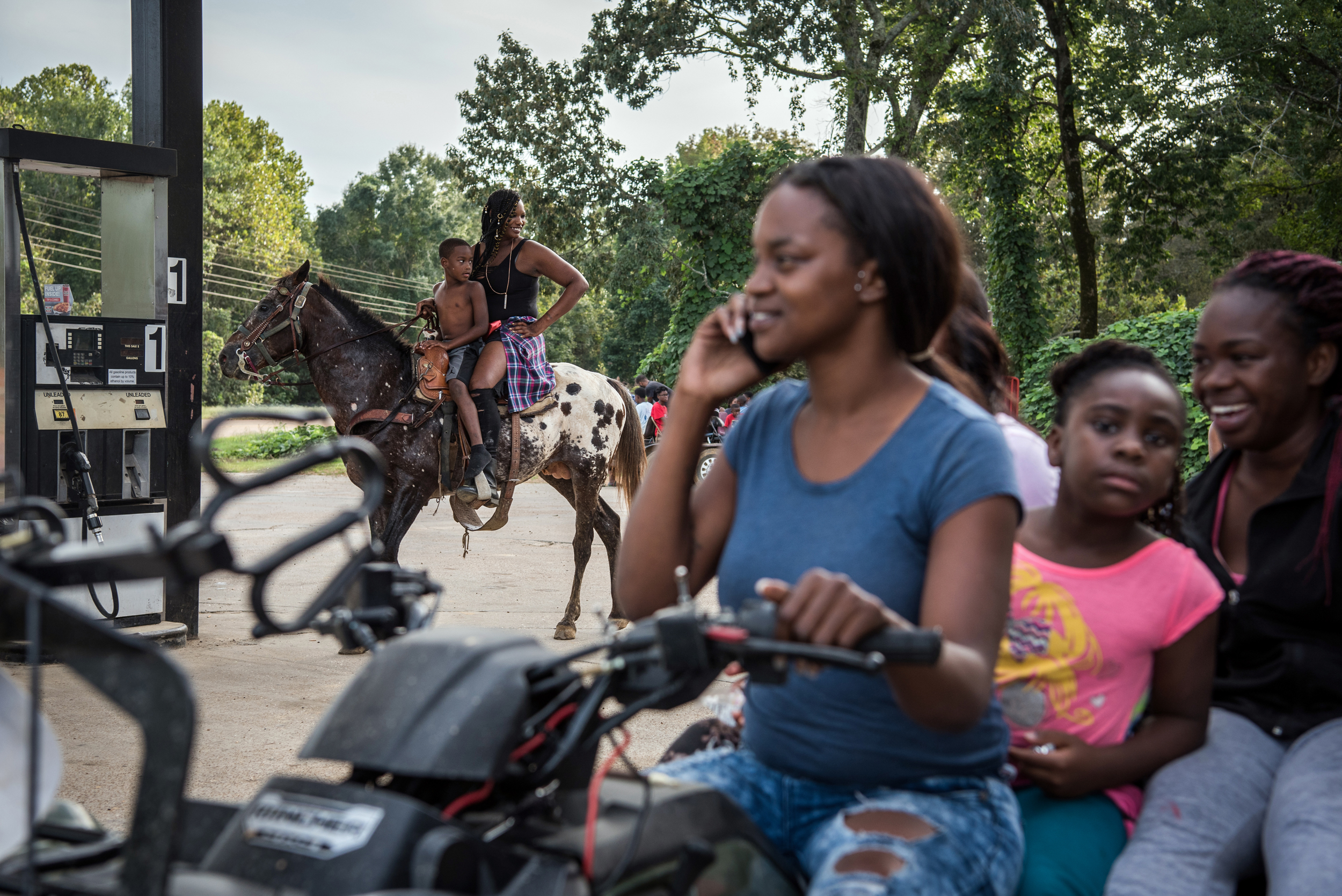
When it comes to the Delta Hill riders, you captured so many amazing stories of women that are part of the community. Is this something that surprised you?
It’s been an ongoing struggle of mine to ensure that I represent the women that have made this project what it is. It’s often assumed that cowboy culture is male dominated. The classic idea of a cowboy is commonly associated with pictures of John Wayne or ‘macho’ white men.
Although I’ve found that there tends to be fewer women who ride or compete in rodeo, this doesn’t mean there aren’t women connected to the community. For me, it’s really important to show that this cowboy and cowgirl culture is open to everyone.
The project has gained a huge amount of exposure through international media, has this changed the way you’re now shooting the project?
I wouldn’t say that my approach has changed. This being said, it has been interesting to see how the cowboys and cowgirls are aware that their story is being told around the world. From this point of view, it’s been just as exciting for them as it is for me.
What does your recent campaign with Zeiss - Picture Love - mean to you?
There are so many individuals that are overlooked here in Mississippi because they identify as a open member of the LGBTQ community. It’s been a really special opportunity to shine some light on the stories of people who don’t always have the opportunity to speak up and share their experiences.
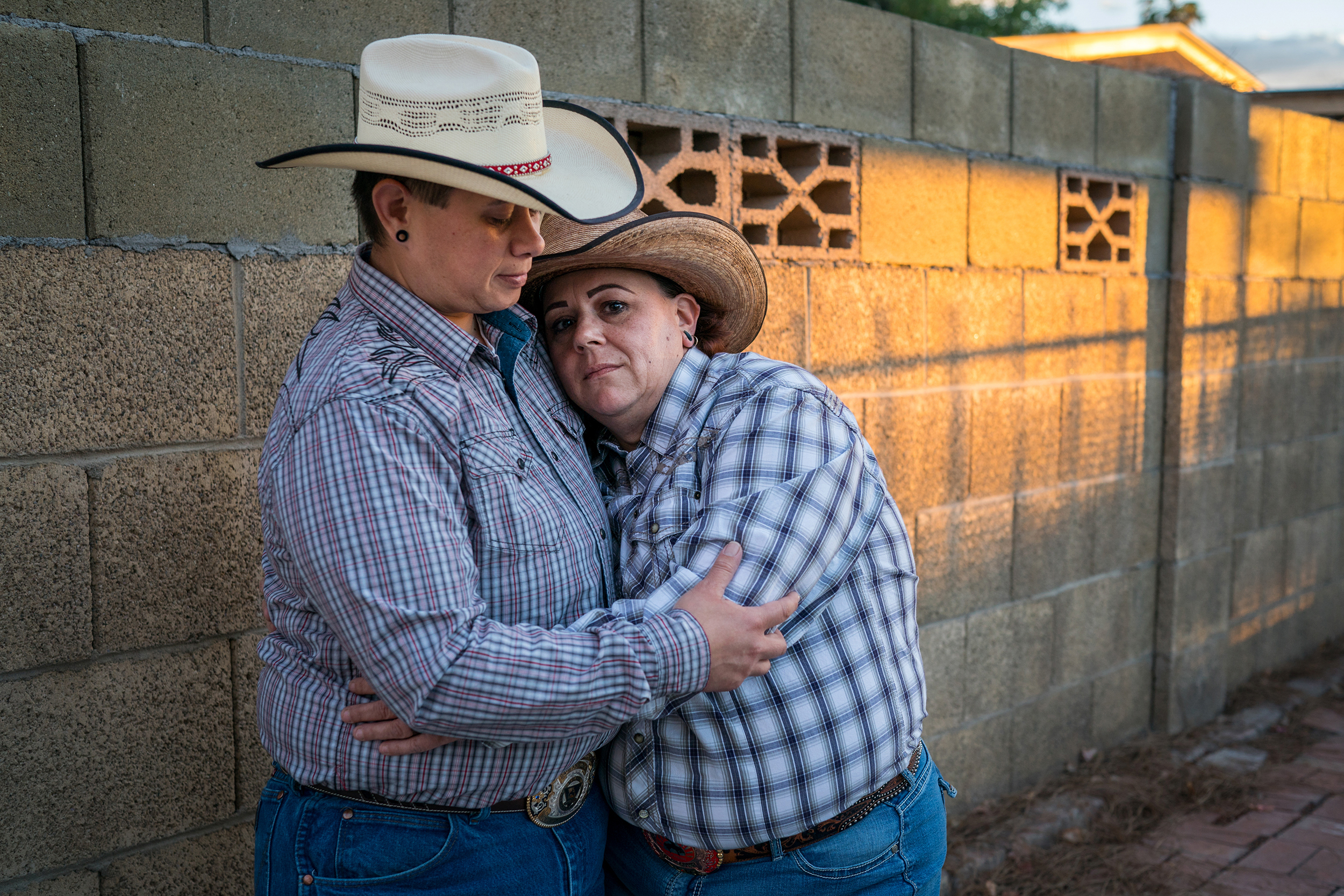

Do you plan to continue the Picture Love project?
In the US, we are in a political time where we’re becoming more aware of LGBTQ rights. Here in Mississippi, I’ve seen for myself the value of giving people the platform to explain what acceptances and understandings are needed. Therefore, I want to continue to meet and interview various people, but I think it’ll be most interesting to focus on one person or a couple’s story.
I hope that it will be similar to the Delta Hill Riders project where I keep going back to photograph them in everyday life situations to really share their stories in depth.
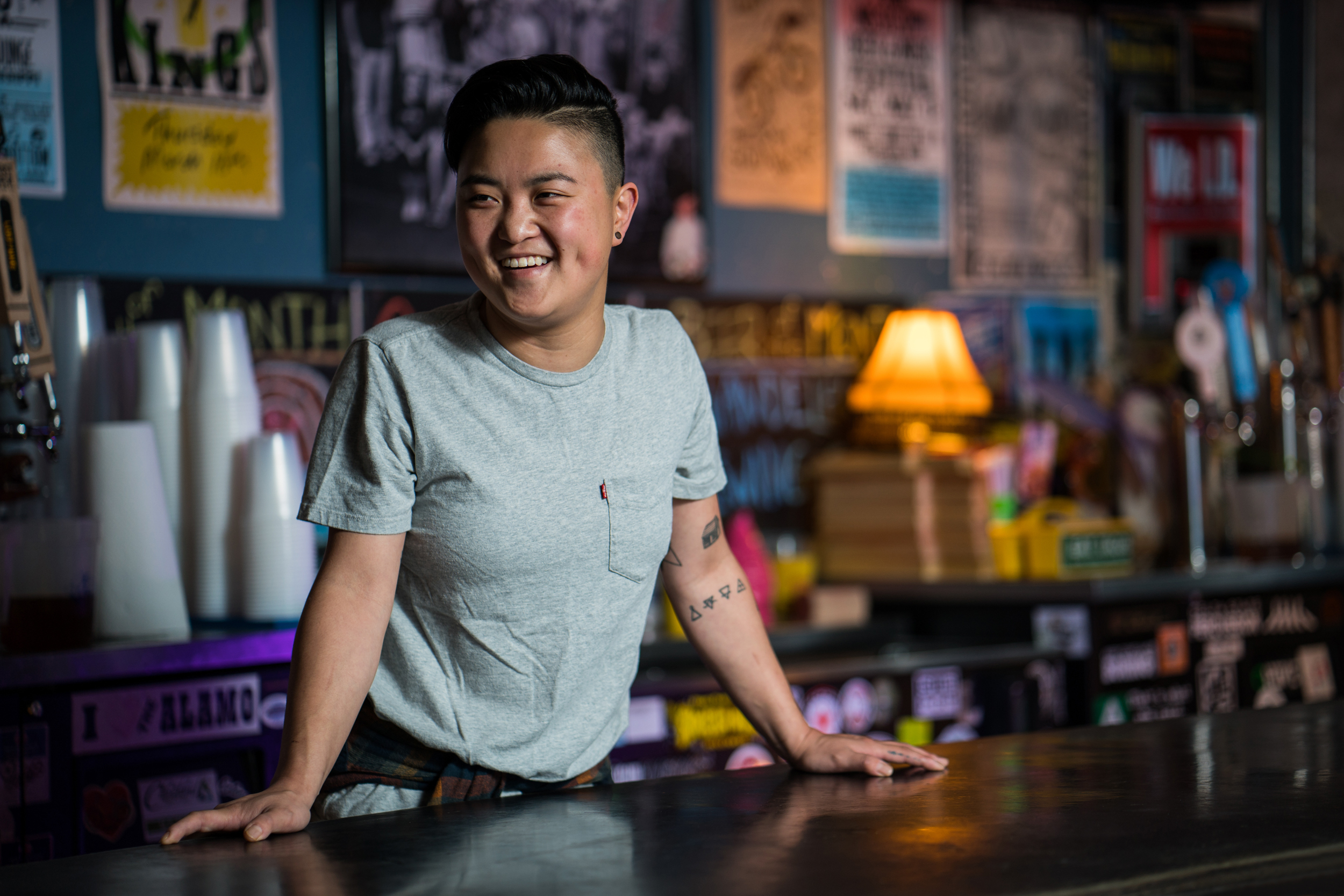

Take a look at more of Rory’s outstanding work on his EyeEm Profile or website now. Be sure to follow Rory on Instagram to be up to date with his personal projects and unique stories.
Want to know more about EyeEm Awards 2019? Take a look at this year’s categories or get tickets to Berlin Photo Week here!
